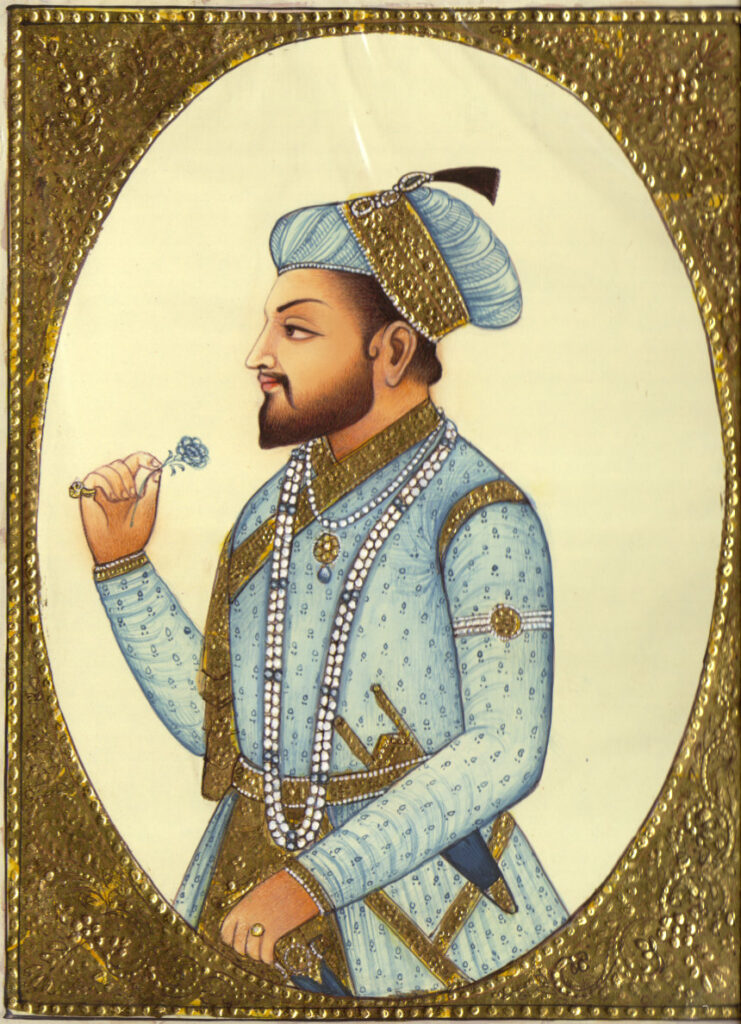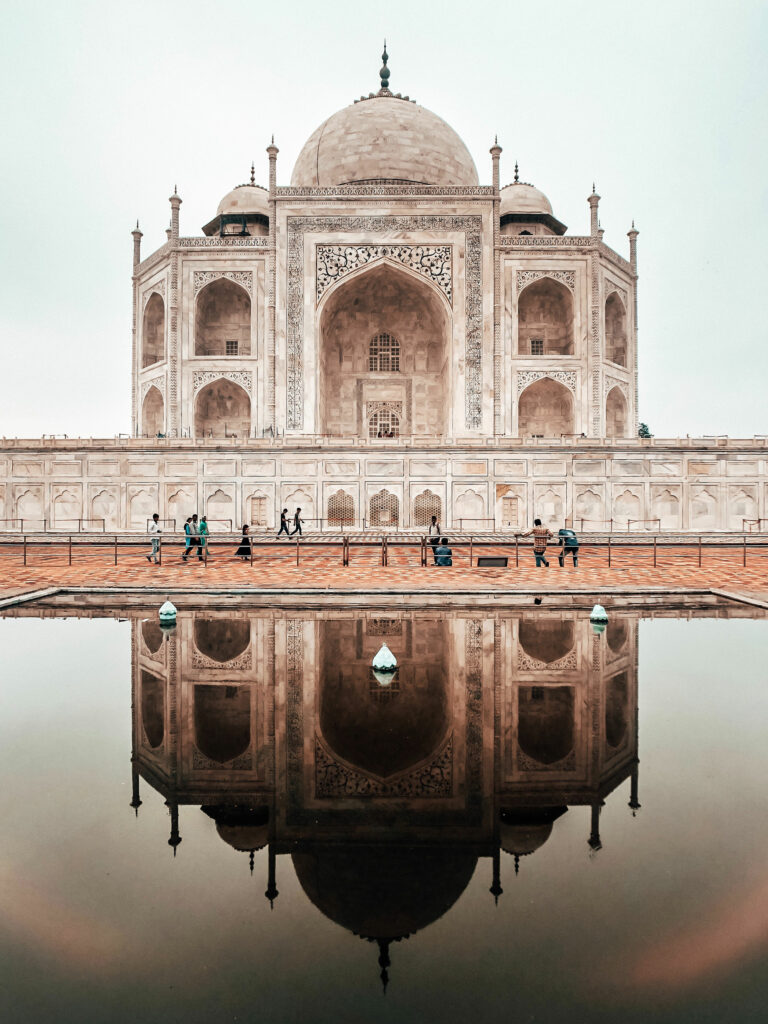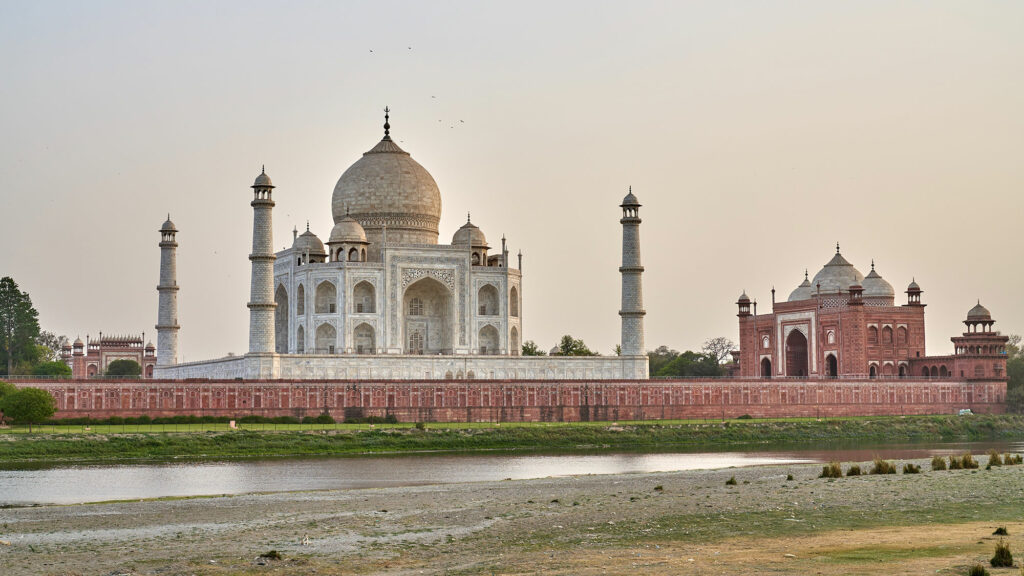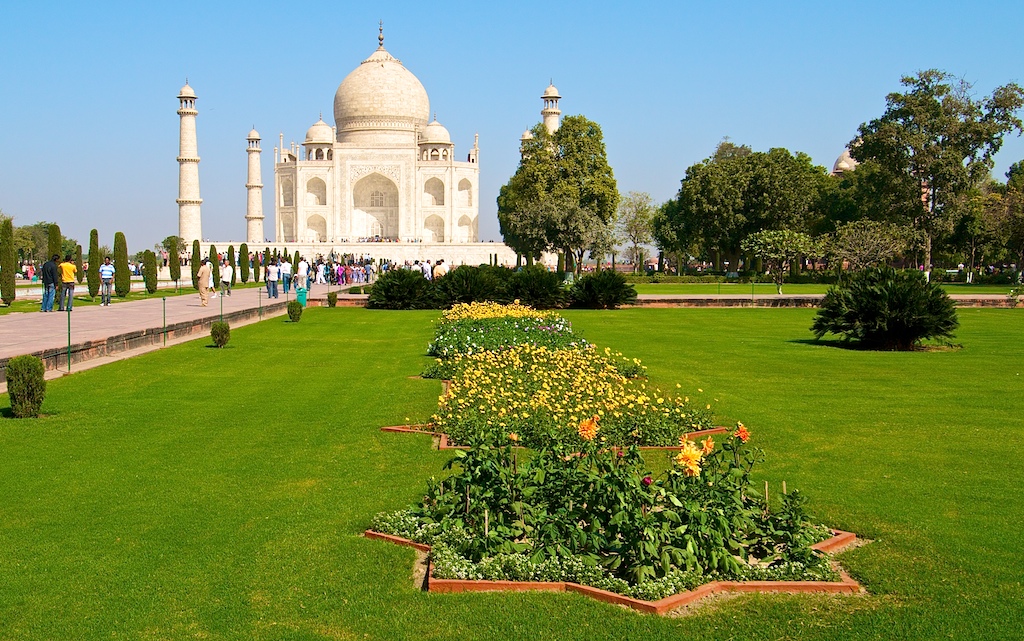history
The Taj Mahal is widely regarded as one of the most beautiful buildings ever created. The exquisite marble structure in Agra, India is a mausoleum, an enduring monument to a husband’s love for his favorite wife.
It is also an everlasting testament to the artistic and scientific achievements of a wealthy empire. Shah Jahan, “the King of the World”, took control of the throne of the Mughal Empire in 1628 in love with the queen whom he had nicknamed Mumtaz Mahal or “Chosen One of the Palace”.
The court poets of Agra in Mughal claimed that her beauty was so that the moon hid her face in shame before her. The Mughals were at the height of their power and wealth during the reign of Shah Jahan, and India’s rich jewel of precious gems brought him much wealth and power. But he was powerless to stop the death of Mumtaz Mahal in childbirth in 1631. Legend has it that she bound him with the promise of stillbirth to build her the most beautiful tomb ever known.
Shah Jahan
Shah Jahan was a member of the Mughal dynasty which ruled most of North India from the early 16th to the mid 18th century. After the death of his father King Jahangir in 1627, Shah Jahan emerged the victor in a bitter power struggle with his brothers and crowned himself emperor at Agra in 1628.
At her side was Arjumand Banu Begum, better known as Mumtaz Mahal (“Chosen One of the Palace”), whom he married in 1612 and enjoyed being the favorite of his three queens.
In 1631, Mumtaz Mahal died after giving birth to the couple’s fourteenth child. The heartbreaking Shah Jahan, known for commissioning a number of impressive structures throughout his reign, ordered the construction of a magnificent mausoleum across the River Yamuna from his royal palace in Agra.
Construction began around 1632 and continued for the next two decades. The chief architect was probably Ustad Ahmad Lahouri, an Indian of Persian descent who would later be credited with designing the Red Fort in Delhi.
In all, more than 20,000 workers from India, Persia, Europe and the Ottoman Empire, along with around 1,000 elephants, were brought in to build the mausoleum complex.

Design and construction of the Taj Mahal
Named Taj Mahal in honor of Mumtaz Mahal, the mausoleum was constructed of white marble inlaid with semi-precious stones (including jade, crystal, lapis lazuli, amethyst and turquoise) that form intricate designs in a technique known as pietra dura.
Its central dome reaches a height of 240 feet (73 meters) and is surrounded by four smaller domes; four slender towers, or minarets, stood at the corners. In accordance with the traditions of Islam, verses from the Koran have been inscribed in calligraphy on the arched entrances to the mausoleum, as well as numerous other sections of the complex.
Inside the mausoleum, an octagonal marble chamber adorned with carvings and semi-precious stones housed the cenotaph, or false tomb, of Mumtaz Mahal. The actual sarcophagus which contained his royal remains lay below, at garden level.
The rest of the Taj Mahal complex included a red sandstone main gate and a square garden quartered by long pools of water, as well as a red sandstone mosque and an identical building called a jawab (or “mirror”) facing the mosque. Traditional Mughal building practice would not allow for future modifications to the complex.
According to legend, Shah Jahan intended to build a second large mausoleum across the Yamuna River from the Taj Mahal, where his own remains would be buried when he died; the two structures were to be connected by a bridge.
In reality, Aurangzeb (third son of Shah Jahan with Mumtaz Mahal) deposed his ailing father in 1658 and seized power on his own. Shah Jahan lived the last years of his life under house arrest in a tower of the Red Fort in Agra, with a view of the majestic resting place he had built for his wife; when he died in 1666 he was buried next to her.
Did you know?
According to a gruesome (and quite possibly sensational) story, Shah Jahan had the hands of the Taj Mahal’s architect and his workers cut off after the structure was completed, assuring that they would never build another of its kind.

History of construction
The Taj Mahal was built by the Mughal emperor Shah Jahān (reigned 1628-58) to immortalize his wife Mumtāz Maḥal (“Chosen One of the Palace”). The name Taj Mahal is a derivation of its name. She died in childbirth in 1631, having been the inseparable companion of the emperor since their marriage in 1612. The plans for the complex have been attributed to various architects of the period, although the chief architect was probably Ustad Aḥmad Lahawrī, an Indian of Persian descent. The five main elements of the complex – main gateway, garden, mosque. jawab (literally “answer”, a building mirroring the mosque), and the mausoleum (including its four minarets) – were conceived and designed as a unitary entity according to the principles of Mughal building practice, which did not permit further additions or alterations. The building began around 1632. More than 20,000 workers were employed from India, Persia, the Ottoman Empire and Europe to complete the mausoleum itself around 1638-39; the ancillary buildings were finished in 1643, and the decorative work continued until at least 1647. In total, construction of the 42-acre (17 ha) complex spanned 22 years.
One tradition relates that Shah Jahān originally intended to build another mausoleum across the river to house his own remains. That structure must have been built of black marble and must have been connected by a bridge to the Taj Mahal. He was deposed in 1658 by his son Aurangzeb, however, and was imprisoned for the rest of his life in Agra Fort.

Taj Mahal over the years
Under the long rule of Aurangzeb (1658-1707), the Mughal empire reached the height of its strength. However, his militant Muslim policies, including the destruction of many Hindu temples and shrines, sapped the lasting strength of the empire and led to its demise by the mid-18th century.
Even as Mughal power crumbled, the Taj Mahal suffered from neglect and disrepair in the two centuries following Shah Jahan’s death. In the late 19th century, Lord Curzon, then the British Viceroy of India, ordered a major restoration of the mausoleum complex as part of a colonial effort to preserve India’s artistic and cultural heritage.
Today, about 3 million people a year (or about 45,000 a day during the peak tourist season) visit the Taj Mahal.
Air pollution from nearby factories and automobiles poses a continuing threat to the mausoleum’s gleaming white marble facade, and in 1998, India’s Supreme Court ordered a series of anti-pollution measures to protect the building from deterioration. Some factories were closed, while vehicular traffic was banned from the immediate vicinity of the complex.

